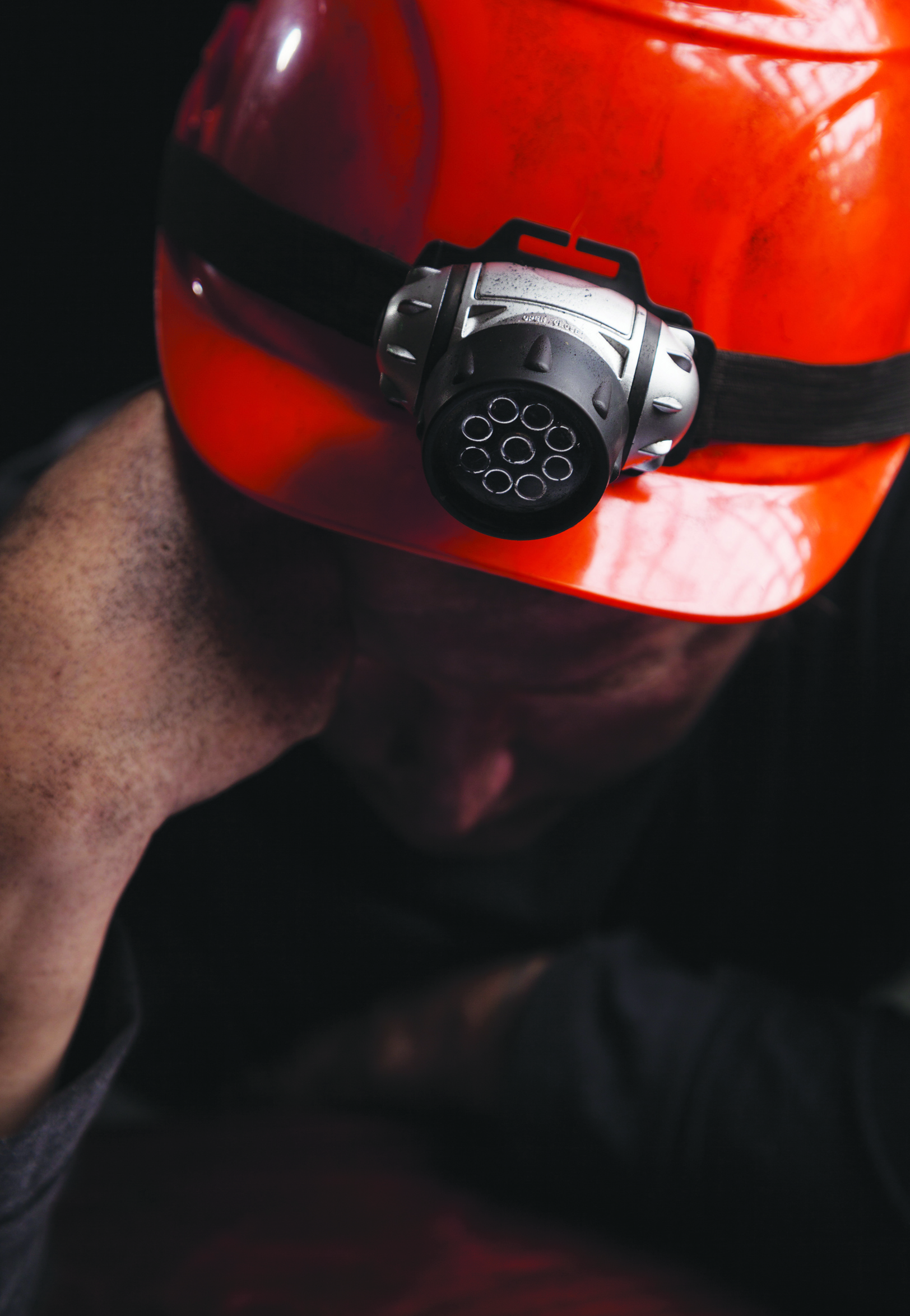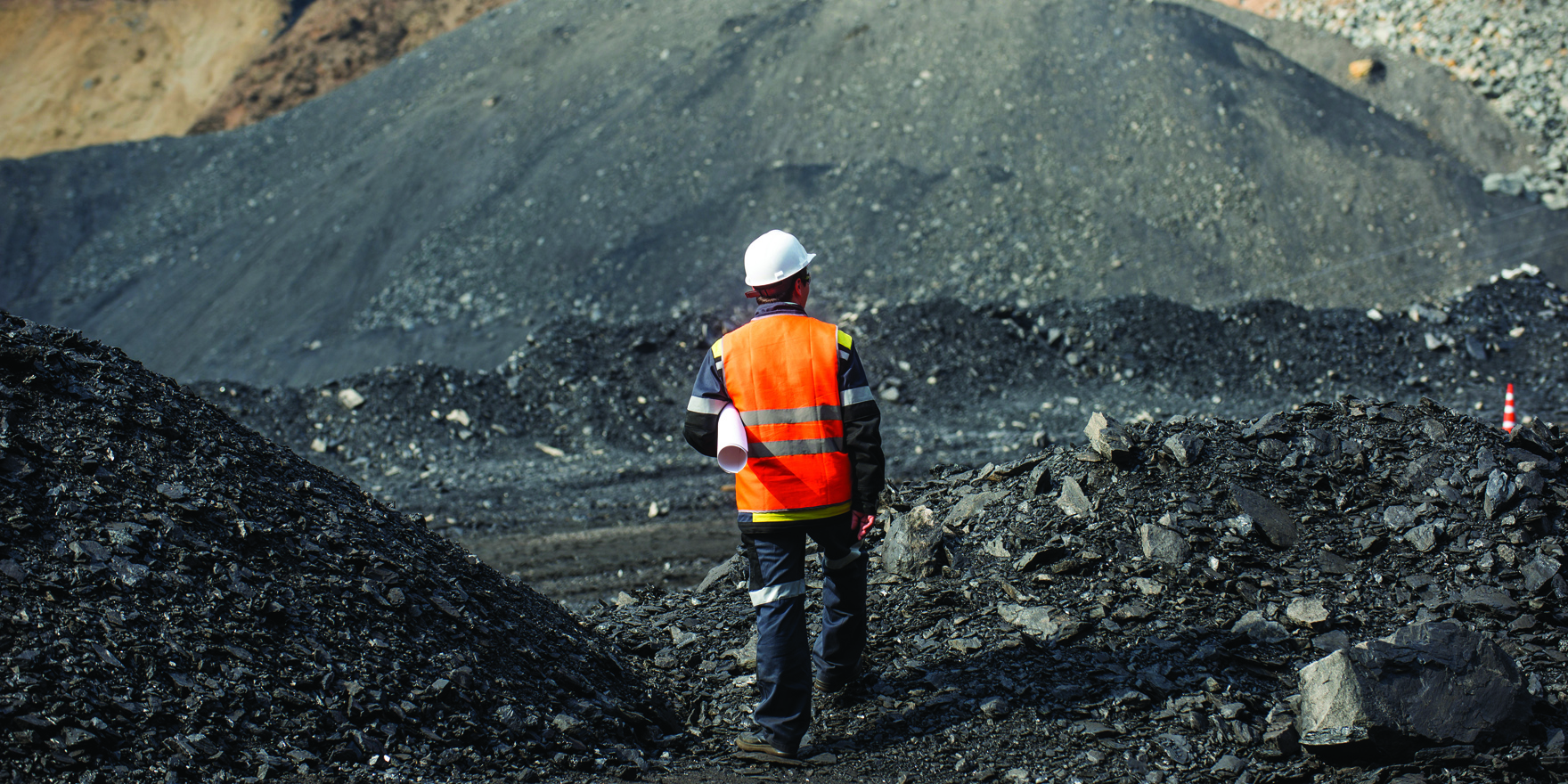The re-emergence of black-lung disease among Queensland coal miners should never have happened. What went wrong?
As the first court action gets under way over the black-lung outbreak in Queensland, the role of doctors and radiologists in the state’s failed screening program for coal miners is coming under renewed scrutiny.
More than two years ago, in May 2015, came the explosive news that coal workers pneumoconiosis (black lung) had reappeared in Queensland, three decades after the feared disease had supposedly been eradicated from Australia’s biggest export industry.
The official number of black lung cases stood at 21 as The Medical Republic went to press, but another three cases have been confirmed according to the CFMEU, the miners’ union, and the tally is expected to keep climbing as a legacy of the years of neglect.
A recent report by a bipartisan Queensland parliamentary committee blamed “catastrophic failure” at every level of the system that was supposed to protect miners’ health.
That includes hundreds of nominated medical advisers (mostly GPs) who were paid by mining companies and labour-hire outfits to conduct miners’ pre-employment and periodic health checks; radiologists who failed to pick up signs of the condition; and, most damning of all, the Health Surveillance Unit they reported to.
In reality, the unit, a branch of the Department of Mines funded by an industry levy, “failed to undertake any health surveillance” whatsoever. It acted simply as a storage unit for miners’ health records and X-rays, the Coal Workers Pneumoconiosis Select Committee found.
In evidence, the department’s Commissioner for Mine Safety and Health Kate Du Preez, said she understood the unit had never filled any other role.
“At no time did they ever assess any of the documentation or the medicals that came to them. Their whole role was to ensure that it was stored and the people’s confidentiality was maintained,” she said.
The select committee is currently drafting legislation that will set new professional standards for those who can perform health checks on miners and stipulate training and education. Currently, a nominated medical adviser needs only to be a practitioner registered with AHPRA.
Dr Ewen McPhee, a GP and practice principal at Emerald, in Queensland’s Bowen Basin, who serves as a nominated adviser for three coal mines, told the committee it was “probably naïve” of him to expect there would be an extra level of vigilance over miners’ records he sent off to the surveillance unit.
Speaking to The Medical Republic, Dr McPhee said it was “horrific to think” that low-value medical examinations, including X-rays, were being performed by people without accreditation, in a scenario where the industry was demanding a quick supply of workers and ramping up production during the post-2004 coal boom.
“We have had multi-level failure of governance. From miners who didn’t wear their personal protective equipment, to the doctors and radiologists … and the culpability of the (mines) department is unforgiveable,” he said.
“There are far too many nominated medical advisers in Queensland, most of whom have no relationship with coal mines or the industry. They are often appointed on convenience, rather than on the basis of any skill set in that area.”
Dr McPhee said he would welcome a new quality and standards process for miners’ medicals examinations.
“There is a significant cost attached to medicals and no associated or attached standards and responsibilities, no quality assurance or support,” he said.
According to the Queensland branch of the AMA, there are currently some 250 nominated medical advisers in the state, up from 40 in 2005; however, it cited an expert’s view that only 20 or so had formal training in occupational health and detecting coal workers pneumoconiosis.
Tougher new rules requiring formal training, including visits to mine sites, are expected to affect GP clinics far from coal country which perform medical examinations on fly-in fly-out miners.
The state’s current Coal Mine Workers Health Scheme is open to doctors who have never set foot a mine and lack understanding of coal miners’ workplace hazards; and many use nurses and other non-medical staff, such as examining medical officers, and sign off on their work.
While the reappearance of black lung was first associated only with underground mining, two cases have been confirmed in open-cut miners with no underground experience. Surveillance will thus be expanded to all coal industry workers and handlers.
Of the 21 officially confirmed cases of coal workers pneumoconiosis at the end of May, 17 were miners who were still working in the Queensland coal industry at the time of their diagnosis.
All 21 had been certified as fit for work after assessments under the scheme.
Although the disease is incurable, it is not necessarily fatal with early detection, and if the miner is removed from dust exposure.
The failure to pick up the disease in its early stages could result in a miner being sent back to work, with dire consequences.
In what appears to be the first case of litigation by a black-lung victim, former miner Jason Bing, 48, has filed a suit in the Queensland Supreme Court against a number of coal companies seeking $2 million damages for loss of income and earning capacity and psychological trauma.
Lawyer Roger Singh, representing Mr Bing, said the suit alleges the mining companies breached their duty of care by subjecting workers such as Mr Bing to unsafe conditions.
“The government maybe could, and should, have done more to ensure that mining companies and employers were taking adequate precautions, but I still take the view … that it has to be the mining companies and employers who were basically at the forefront of culpability.”
Mr Singh, a specialist in prosecuting dust diseases claims, said he expected the number of black-lung cases to grow, but could not see a legal basis for medical practitioners to be held responsible.
“I know there has been talk about, in some instances, the medical fraternity not diagnosing, or correctly diagnosing, those who have been exposed. There has been some suggestion that perhaps there should be more medical training of those on the front line who are supposed to read radiology and diagnose and treat. Whether that will lead to some form of culpability, it is difficult to say,” Mr Singh said.
As for radiology, the Queensland committee noted earlier reviews had established deficiencies in the standard of chest X-rays taken for the coal mine workers health scheme and in the competence of practitioners assessing the scans in Australia.

It also said it was shocked to hear evidence in March this year that around 20% of new X-rays taken under the health scheme and sent to the US for reading continued to be of such poor quality they were unreadable.
Greg Slater, president of the Australia and New Zealand College of Radiologists, said the college had established a register of about 40 members who were prepared to report to the International Labor Organisation criteria for assessments.
The Queensland select committee has also signalled its intention to adopt those criteria, which is the basis for the US “B-reader” qualification for radiologists to diagnose pneumoconiosis, considered to be the leading standard.
“We are absolutely happy to support anything that can get better outcomes, essentially,” Mr Slater said.
A B-reader course may be offered in Australia later this year, depending on the availability of US experts.
Meanwhile, since July last year, miners’ chest X-rays have been checked by a Queensland radiologist to the International Labor Organisation standard and double-checked by a US-based B-reader. In the second half of this year, the state aims to start phasing in a local dual-read system.
The Queensland select committee has also flagged plans for a shift to electronic data, so that doctors and radiologists can access a patient’s prior records and detect changes.
But the CFMEU’s Queensland mining and energy president Stephen Smyth said these changes remained some time away, and there were doubts about how quickly local radiologists could guarantee an acceptable level of accuracy.
It was Mr Smyth who blew the whistle on Queensland’s black-lung problem back in 2015, after he handed American pulmonologist Dr Robert Cohen a miner’s chest X-ray that had been cleared in Australia, during a conference at a Las Vegas hotel.
“Dr Cohen put the disc into his computer, he looked at it and said, ‘That guy’s got black lung. There are the nodules’.”
He said there were more cases where Australian miners had been diagnosed with black lung by a US reader, but were later given the all-clear by Australian radiologists, only to have the black-lung diagnosis confirmed, eventually, by a specialist.
“If we didn’t have the dual-read process in the US, I’d be concerned, because we’ve still got issues here in Australia,” he said. “It’s unacceptable. It’s still happening.”
A former mine safety officer, Mr Smyth said coal miners had believed the health surveillance unit and the health professionals were looking after them and reviewing their spirometry tests and X-rays. Now the miners were asking questions about those professionals’ duty of care.
“Those people in the past – whether they were a doctor, a radiologist, a mines inspector, or a public servant – who were aware of these cases and were aware the health surveillance system wasn’t working, and who misdiagnosed people or failed to enforce the law, what happens to them?”
Mr Smyth said he knew of a miner who had been diagnosed with early signs of black lung in 2006 by a radiologist and a doctor, but had not been informed of the diagnosis.
“They let him work for another seven years, and his health deteriorated due to that further exposure. They sent him back to the pit. They never told him.
“He is one of a number of cases. Where is the responsibility there?”


